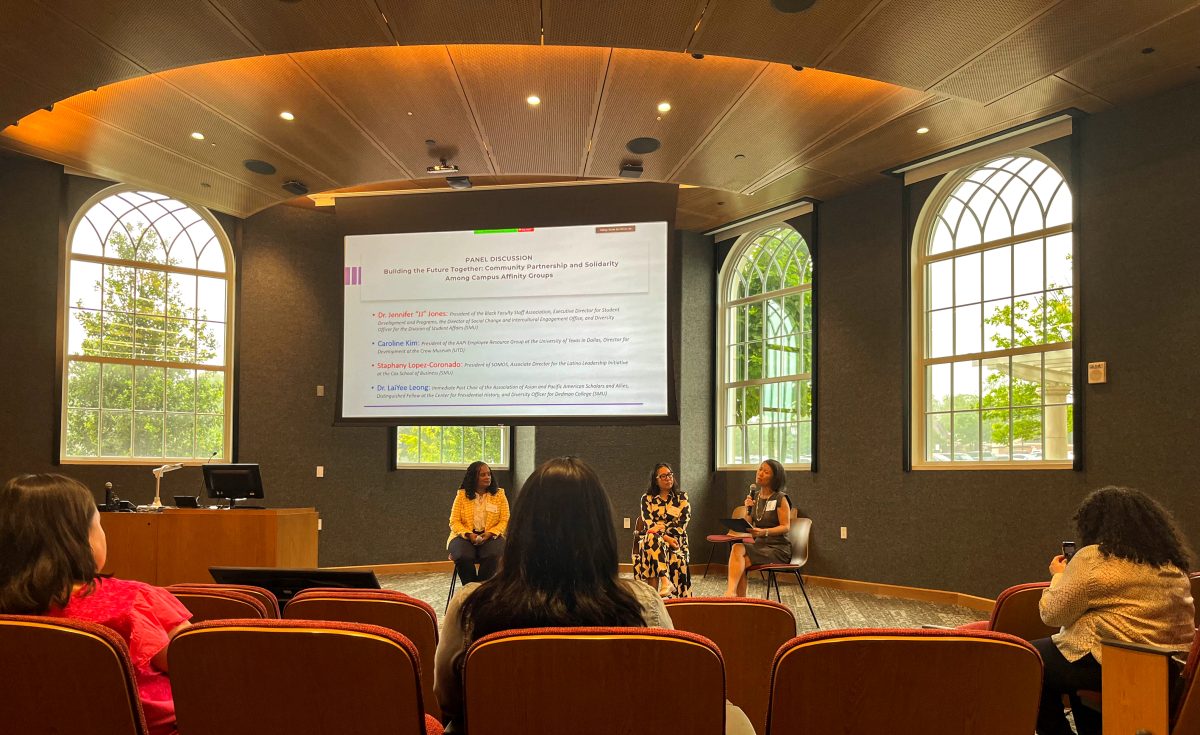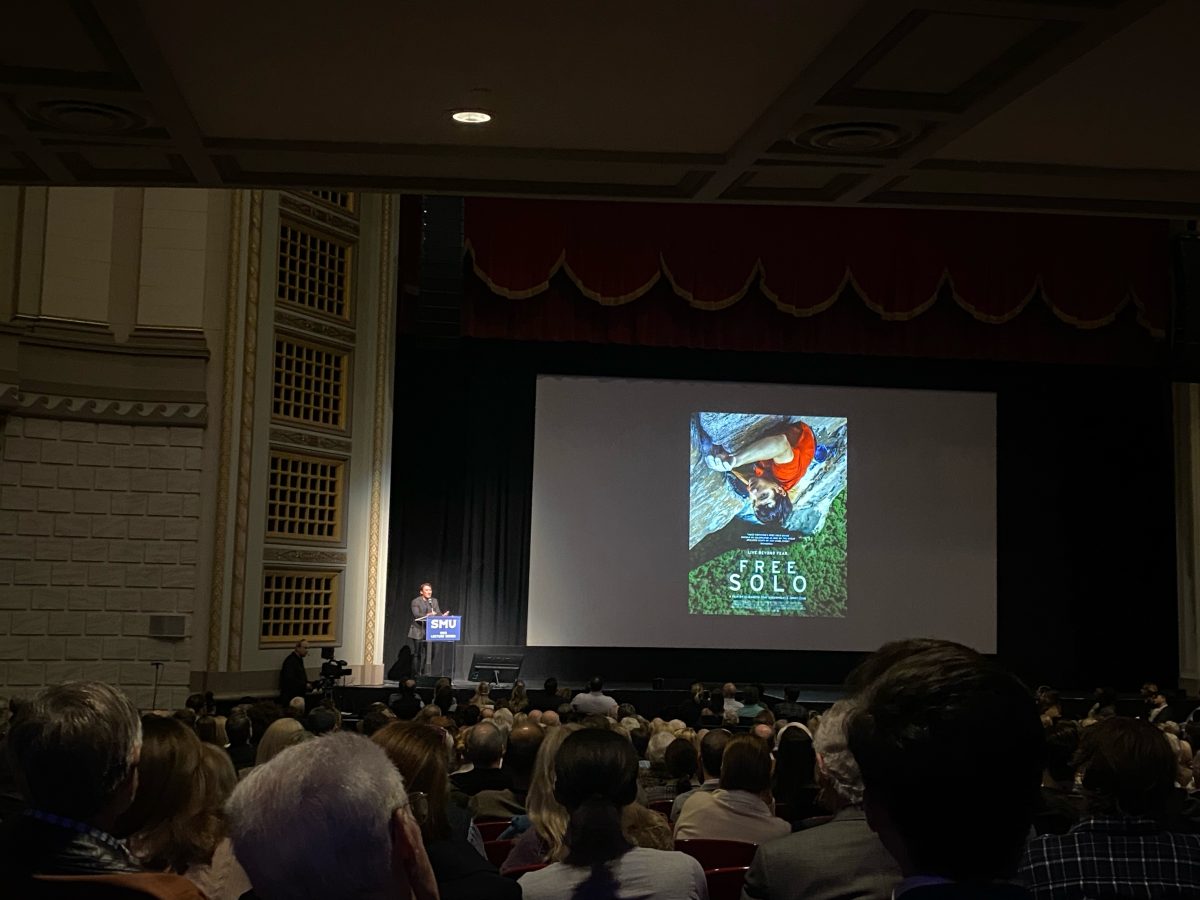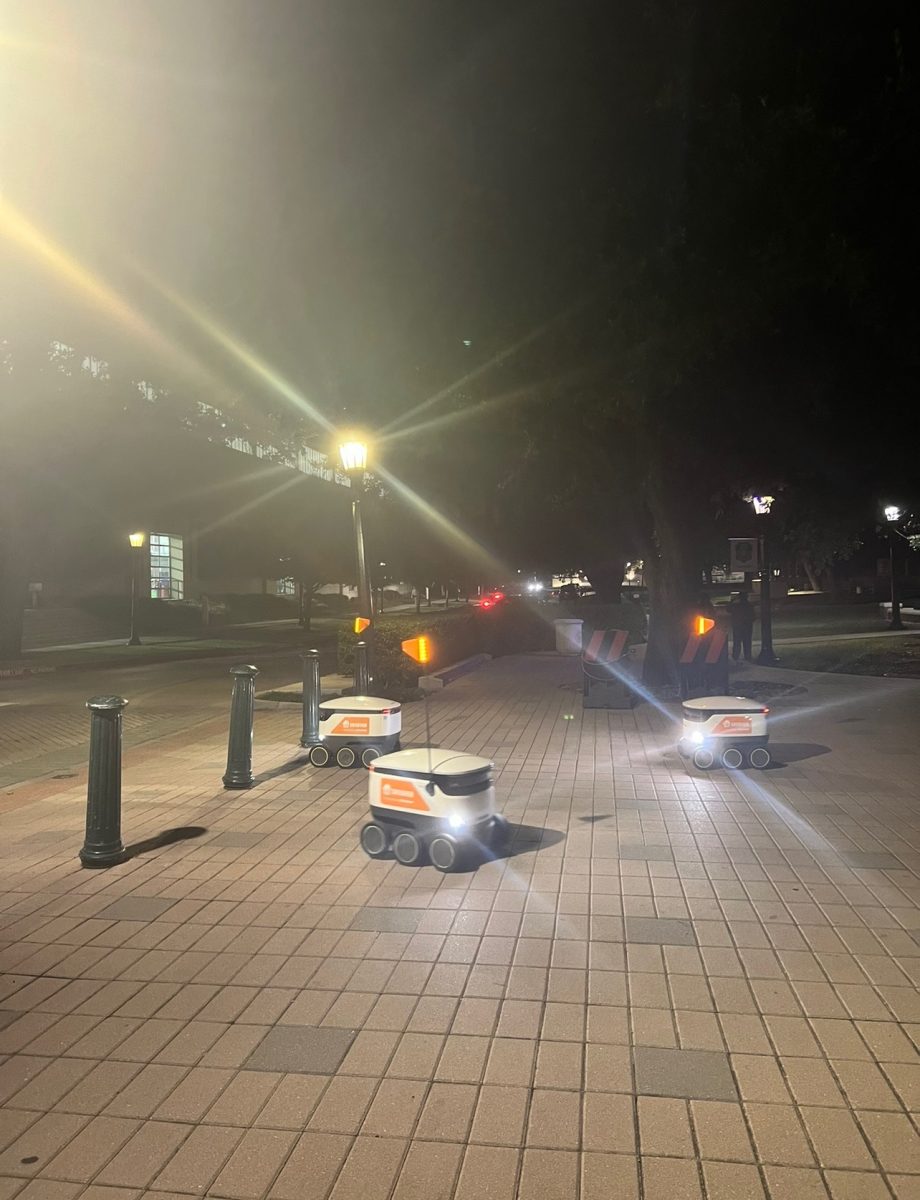In the last few years, fast-fashion brands skyrocketed with low prices and on-trend clothing. This clothing is meant to be worn for a season and discarded once the trend dies out and the newest trend rolls into stores. This fast-fashion business model means more clothing and more of the earth’s resources go to waste.
“Textile waste is a huge waste strain in the United States, and it really impacts the environment and also people,” Dr. Maryanne Cairns, an assistant professor of Anthropology at SMU said. “We put just tons and tons of waste into landfills every year, and we are consuming more and more clothing.”
The impact of textile waste is important even here on the SMU campus. At SMU, there is the Cairns Lab, run by Dr. Cairns and a team of graduate and undergraduate students. The research in the lab focuses “on water, infrastructure, and pollution,” Cairns said. The lab researches environmental concerns as well as teaches students about conducting their own research.
One of the lab’s current projects, reaching the impact of textile waste, “is designed to contribute to anthropology, especially environmental anthropology and also teach research methods to students, and that is the project on clothing acquisition and disposal here at SMU,” Cairns said.
The impact of textile waste, “is structural in part, industries are creating what we call fast-fashion, which is fashion that is produced very quickly with materials that often times are synthetic, low quality, and also this relies on labor practices internationally that treat workers badly,” Cairns says. To learn more about the lab or its research, visit the Cairns lab website.




















